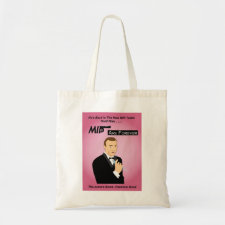
Authors: Christoforidis KC, Louloudi M, Rutherford AW, Deligiannakis Y
Article Title: Semiquinone in Molecularly Imprinted Hybrid Amino Acid-SiO2 Biomimetic Materials. An Experimental and Theoretical Study.
Publication date: 2008
Journal: Journal of Physical Chemistry C
Volume: 112
Issue: (33)
Page numbers: 12841-12852.
DOI: 10.1021/jp800430n
Abstract: Abstract: Two novel biomimetic materials have been designed and synthesized by using the solgel method combined with the imprinting technique. One material, [SiO2histidine], bears histidines covalently attached in the pores of silica matrix, whereas the second material, [SiO2-tryptophan], bears tryptophans grafted in the pores of silica matrix. The pores have been formed by imprinted para-benzoquinone (pBQ) molecules which were used as templates and subsequently removed. After formation of the porous matrix, the quinones were reinserted in the pores forming the [SiO2pBQhistidine] biomimetic material M1 and [SiO2pBQtryptophan] material M2, respectively. In M1 and M2, the quinones were stabilized via spatial confinement and weak interactions with the anchored aminoacids. Semiquinone (pBQ") radicals were then easily formed in the pores of M1 and M2 materials. The pBQ" radicals showed remarkable stability remaining practically unaltered after several days. ESEEM spectroscopy revealed that in M1, spin delocalization from the pBQ" radical onto the imidazoles of the anchored histidine occur. Density functional theory calculations show that the spin transfer from pBQ" onto imidazole occurs via H bonds, in a way similar to that originally observed between semiquinones and protein imidazoles QA-His219-D1 and QA-His219 M in photosystem II and the bacterial reaction centers, respectively. In the M2 material, ESEEM spectroscopy and DFT calculations show that pBQ" is +-stacked with the indole of the anchored tryptophan. This interaction is similar to the +-stacking in [indole from tryptophan W698-A1 phyllosemiquinone] pair in photosystem I. Thus, M1 and M2 are the first example of synthetic material successfully mimicking an intriguing phenomenon, previously observed exclusively in the photosynthetic reaction centers
Template and target information: para-benzoquinone, pBQ



Join the Society for Molecular Imprinting

New items RSS feed
Sign-up for e-mail updates:
Choose between receiving an occasional newsletter or more frequent e-mail alerts.
Click here to go to the sign-up page.
Is your name elemental or peptidic? Enter your name and find out by clicking either of the buttons below!
Other products you may like:
 MIPdatabase
MIPdatabase









